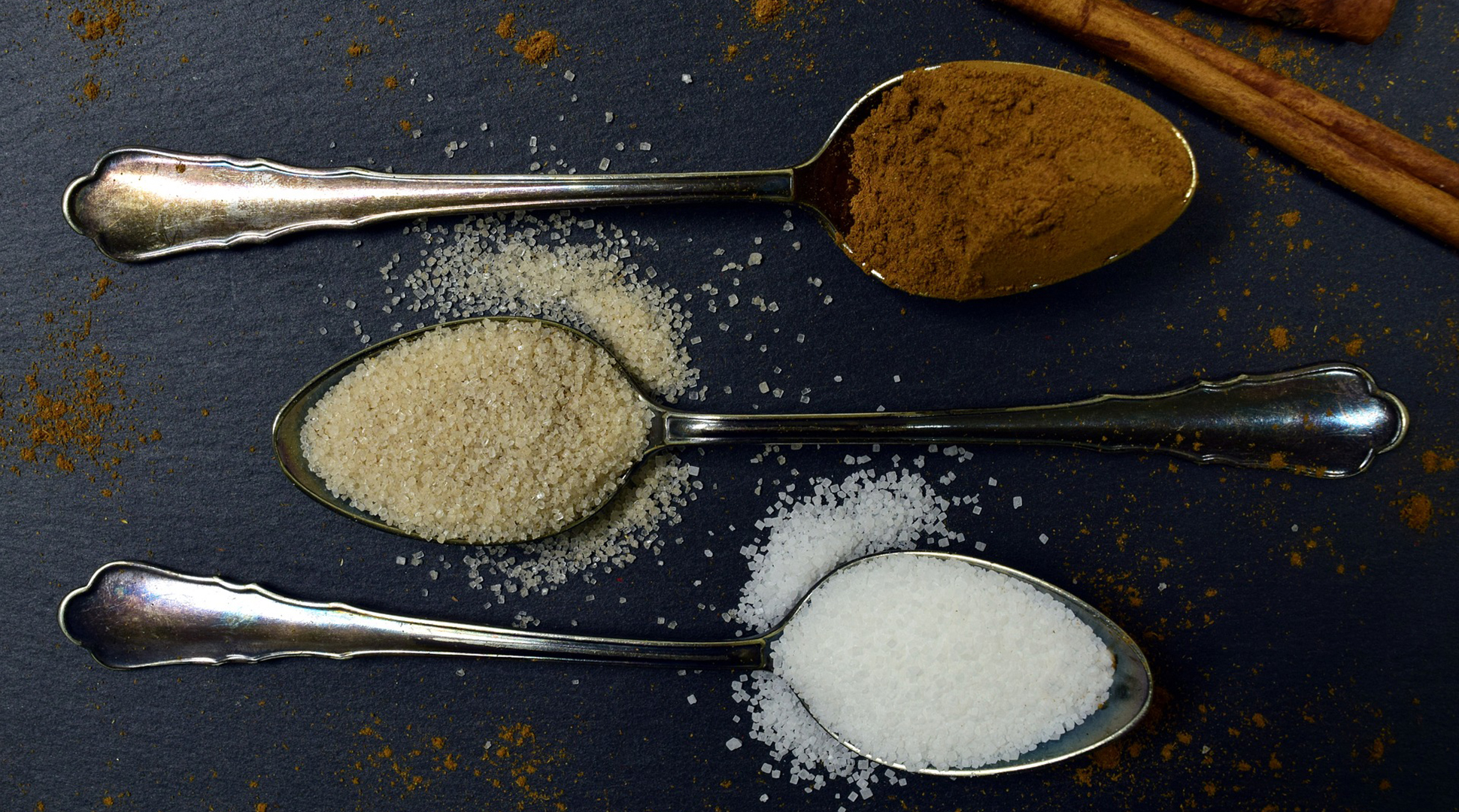By Julie Garden-Robinson, Food and Nutrition Specialist, NDSU Extension
"What are you doing with this?" my husband asked, as he held up a plastic bag of fresh dill.
I smiled sweetly and replied, "Thank you for finding that, dear."
I am kidding. Trust me: My response was not sweet at all.
I was upset with myself because I forgot to put the dill in the "pickled dilled beans." I had just placed the jars in our boiling water-bath canner. I figured I could save my efforts if I acted quickly.
My husband seemed kind of amused watching me move so fast.
I pulled the jars out of the boiling water and removed the screw bands and lids. The plastic in the lid had not begun to melt. I added the dill, replaced the lids, put them back in the boiling water-bath canner and hoped for the best. They all sealed.
We made another batch a few days later. My husband couldn't resist teasing me, brave man that he is.
"Did you add the dill?" he asked with a smirk.
"Yes, I did, dear," I replied. That's an actual quote, but I said it slightly sarcastically.
I organized my workspace better the second time. We will enjoy these beans when the snow is flying and our backyard garden is covered with snowdrifts.
Sometimes culinary disasters happen in the kitchen. You might be able to save them. Other times, you just learn from your mistakes and add material to your compost bin or trash.
When I used to teach classes about food preparation to college students, sometimes I'd have to "diagnose" the missing ingredient. This happened whenever one group's final product looked a lot different from another group's.
Most commonly, I get questions from people who are missing an ingredient in their kitchens, and they want to substitute something. Their grocery store may be far from their home or closed for the day. Maybe they don't feel like driving to the store.
"Ingredient Substitutions" is a popular NDSU Extension publication that you might want to print and put in your cupboard or bookmark on your computer. Keep in mind the substitutions result in some changes to the texture or flavor of your recipes.
For example, what if I didn't have any fresh dill to use? I could have substituted 1 tablespoon of dill seed for every three heads of fresh dill.
In another scenario, you may think you have a fresh onion. When you check, you are disappointed that you do not have one in your pantry. For one small onion, you can use 1 teaspoon of onion powder or 1 to 2 tablespoons of minced dried onion.
What if you are making a recipe calling for brown sugar and your cupboard has many things, but no brown sugar? For each 1 cup of brown sugar, you can substitute 1 cup of granulated sugar plus 1/4 cup of molasses.
If you are making a recipe calling for 1 cup of buttermilk, you could use 1 cup of regular milk, remove 1 tablespoon of milk and then add 1 tablespoon of lemon juice or vinegar.
See https://tinyurl.com/NDSUIngredientSubs for the complete list of substitutions. See https://tinyurl.com/NDSUPickleGuide for various pickling recipes, including my now-famous pickled dilled green beans.
Julie Garden-Robinson, Ph.D., R.D., L.R.D., is a North Dakota State University Extension food and nutrition specialist and professor in the Department of Health, Nutrition and Exercise Sciences. Follow her on Twitter @jgardenrobinson
